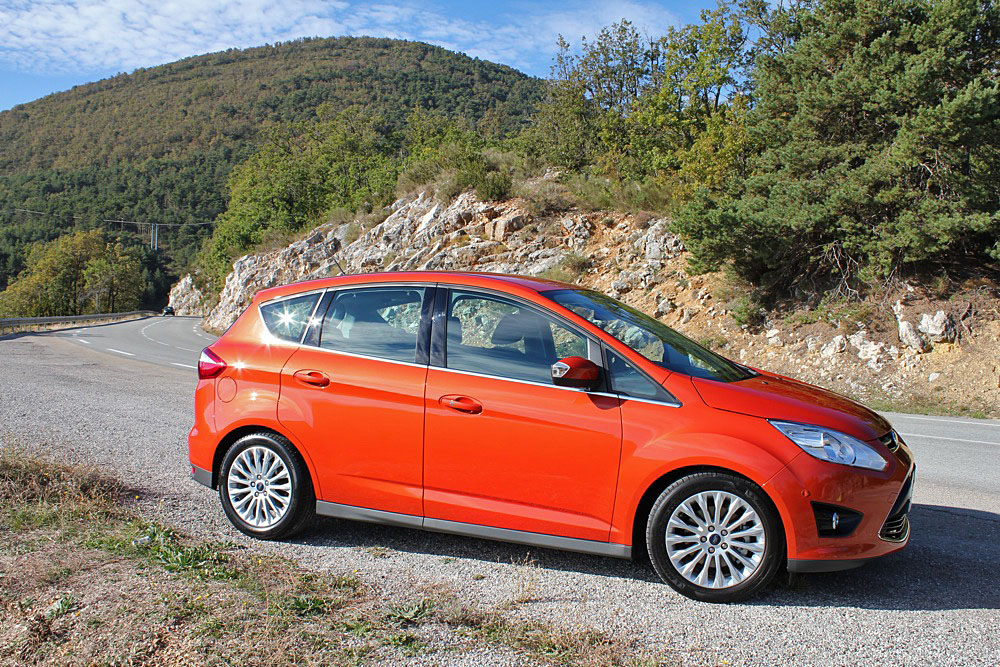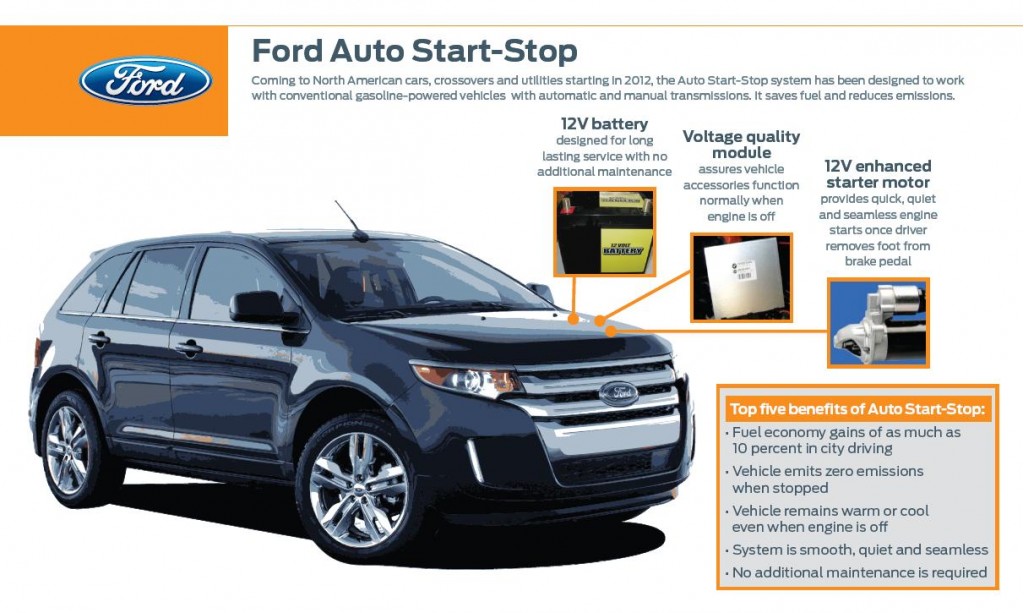Start-stop systems, which shut off car engines when the vehicle comes to a stop, have been offered in Europe for several years.
But until now, no automaker other than Porsche has offered them on U.S.-market cars.
That's about to change. Ford said yesterday it will offer the systems on some of its cars, crossovers, and sport-utility vehicles sold in North America, starting in 2012. That makes it the first major automaker to commit to start-stop technology here.
Europe, but until now, not the U.S.
The Auto Start-Stop system is offered on Ford's highest-mileage ECOnetic models in Europe, and is rolling out there on its new Focus and C-Max models, for both diesel and gasoline engines.

2012 Ford Focus
Ford has not yet said whether its system will be standard or an option, or what it might cost in the U.S.
Thus far, few manufacturers have offered start-stop systems because current EPA gas-mileage test cycles (unchanged since in the 1970s) don't include long enough stopping periods for the systems to show much benefit. And if it doesn't show up in EPA ratings, consumers may not perceive it as beneficial.
4 to 10 percent higher city mileage
Ford says its start-stop system improves gas mileage about 4 percent in city driving. For some drivers in certain models under specific driving conditions, the gain can be as much as 10 percent of the city rating. Start-stop does not affect EPA highway mileage ratings.

2012 Ford C-Max (European version)
Hundreds of thousands of U.S. drivers have experienced engines that switch off when stopped, but only through far more complex hybrid systems offered by Toyota, Honda, Ford, and others.
“Many of the same Ford engineers who designed the Auto Start-Stop system used on Ford and Lincoln hybrids are developing the Auto Start-Stop system for non-hybrid vehicles that will be sold around the globe,” said a Ford spokesperson.
No pricey hybrid components
A start-stop system can be a cost-effective way to improve city mileage, because it doesn't require the expensive high-voltage battery pack or extra electric motors and power electronics of a hybrid system. The only special components are a beefed-up 12-Volt battery and an enhanced conventional starter motor.

Ford Auto Start-Stop fact sheet
As the car brakes to a halt, the system switches off the engine. It stays off until the driver's foot starts to lift off the brake pedal, then quickly restarts. A dash light alerts the driver when the engine is off, and the tachometer needle swings into a green zone as an added reminder.
Ford says its EcoBoost engine series is especially well suited to start-stop systems, because its direct gasoline injection lets it restart faster than conventional fuel injection.
Manuals and automatics
In Europe, start-stop systems are largely fitted to cars with manual transmissions. To be practical in the States, however, Ford had to adapt its European system to work with automatic transmissions, including its PowerShift six-speed direct-shift gearbox.
The Auto Start-Stop system will initially be fitted to four-cylinder engines, to be followed later by V-6 and V-8 engines in what Ford called a "gradual expansion".
Ford Motor Company's EcoBoost V-6 cylinder head with DI
Electric pumps for heating and cooling
To make the system as transparent as possible, Ford has developed an electric pump that keeps water circulating through the heating system even when the engine is switched off.
Along with an air-conditioning compressor that's run electrically rather than from an accessory drive belt on the engine--first developed for hybrid vehicles--the heater pump ensures that the car's heating and cooling systems remain working whether the engine is on or off.
Electric power steering is required as well, in case a driver needs to change the angle of the front wheels while the engine is off.
Ford, among other makers, has done a great deal of work in recent years to convert accessories from running off engine power to using electricity. In fact, one of its more perplexing patent applications recently involved a car that plugged in to wall current to recharge a battery that ran only its accessories, but did not power the car.
[Ford]













